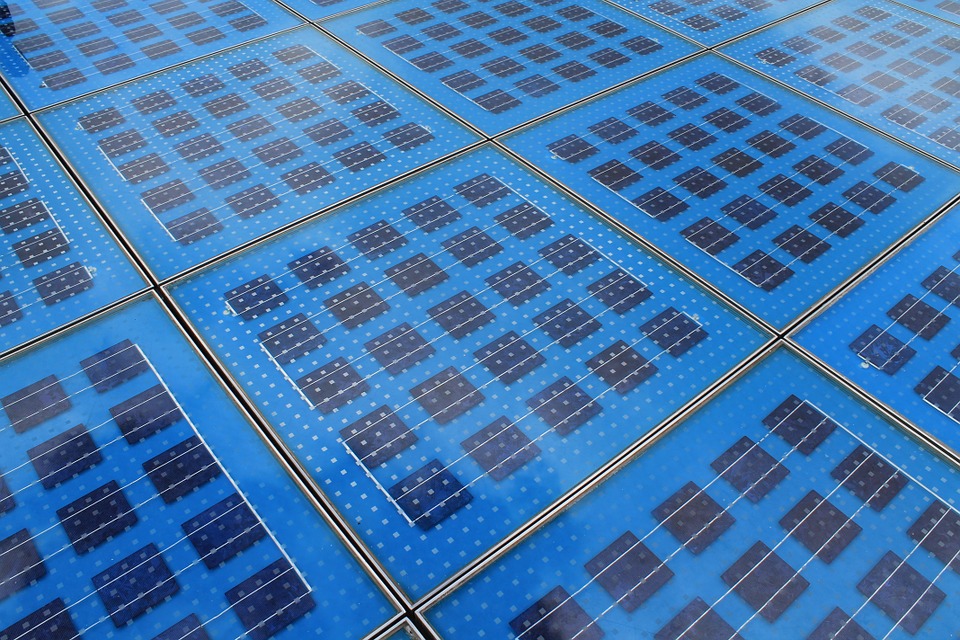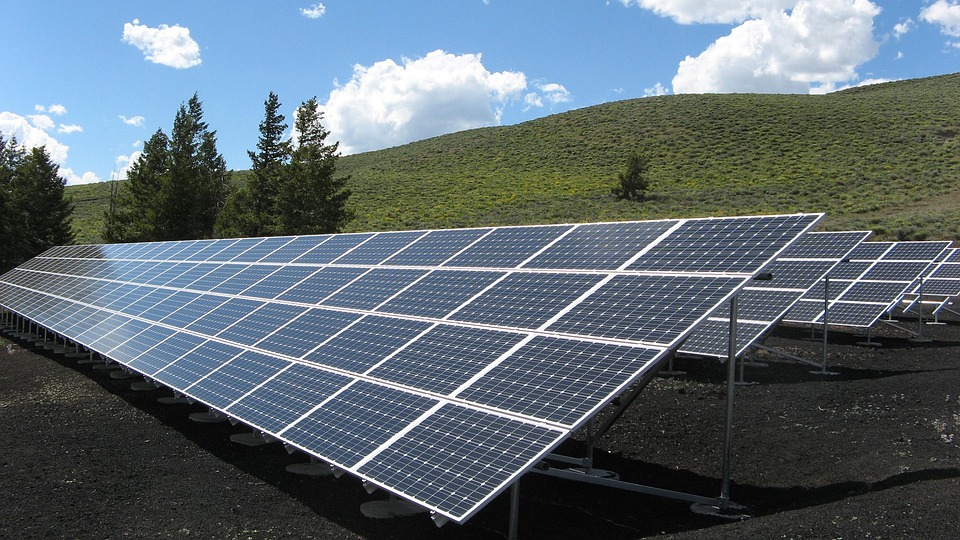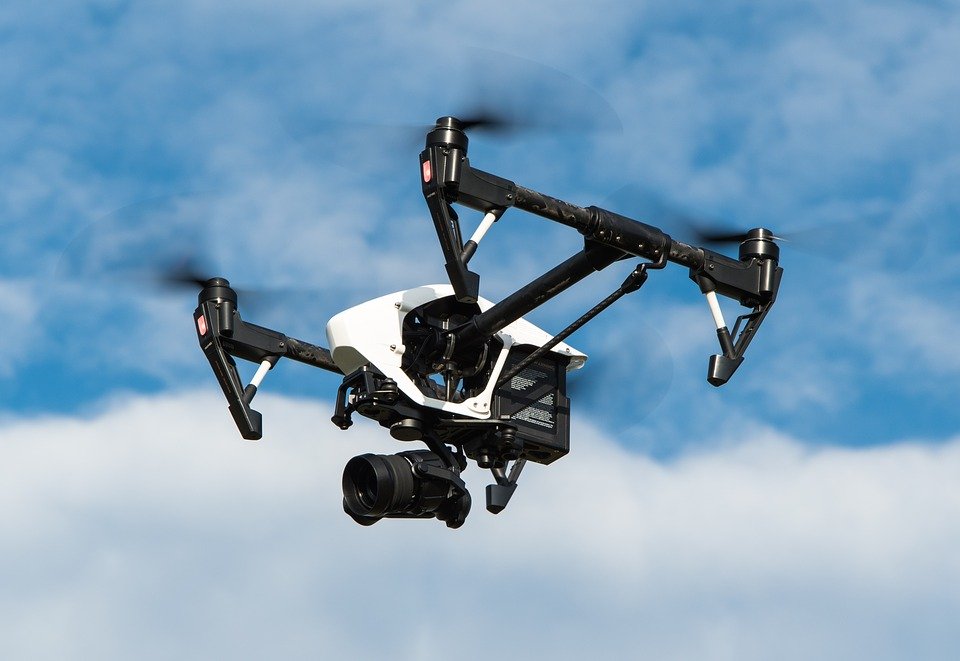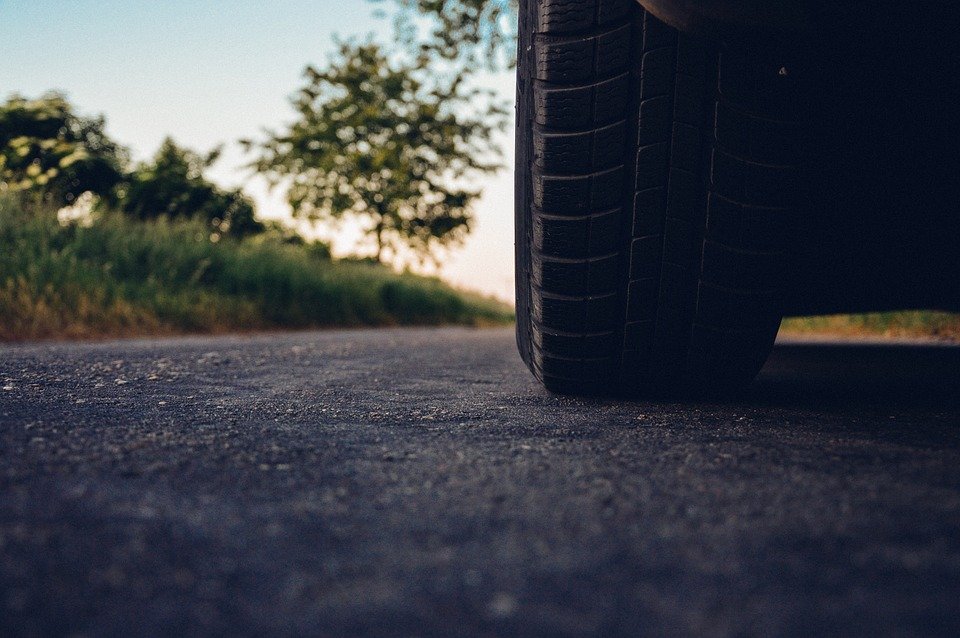The future of smart roads
by Ailsa Harvey · 04/01/2020
One stretch of highway has been transformed into a test-bed for cutting-edge road technologies

Motorways around the world are being tested to the limit. With more vehicles on the roads than
ever before and new technologies changing the way they operate, infrastructure must adapt to support the increased load and evolve with our advanced cars. Whether they’re electric or
autonomous, or they run on biofuel or solar power, roads and vehicles need to evolve together in order to pave the way for a sustainable future.
One project pioneering this idea is The Ray in Troup County, Georgia, US. Built on a 29-kilometre section of Interstate 85, The Ray is a working test site for the new advanced systems
that will deliver the smart roads of tomorrow.
The future
Other ideas in the pipeline at The Ray include smart studs, which improve on current road reflectors. These solar-powered lights would be able to illuminate in different colours to convey different messages to drivers, such as upcoming junctions or dangerous conditions ahead.
Another technology being considered is electric charging lanes, which would charge a car’s battery as it drives along by electromagnetic induction. This would mean that drivers could charge up without having to stop on their journeys. However, it would be an expensive project.
The Ray has been designed as a ‘living laboratory’ to test out these innovative technologies. Hopefully, many of the current and future trials will prove successful and we’ll start to see smarter roads all over the world.
Check out some of the technology coming to our roads soon:

1. Solar barriers
The team at The Ray want to combine solar panels with various systems. They are looking to develop solar-panelled sound barriers that will reduce noise pollution while also generating electricity.

2. Right-of-way solar
Georgia has plenty of sunshine and space, so the developers behind the Ray are installing solar panels in the right-of-way of the highway.

3. Drones
Utilising drones may be one of the next steps in the project. These can be used to monitor the highway by inspecting bridges, surveying new road areas and analysing the extent of damage after extreme weather events.

4. Rubber roads
The Ray have experimented with nontraditional materials and are among some of the first in investigating the viability of quiet and flexible rubber roads which are emerging.
This article was originally published in How It Works issue 114, written by Charlie Evans
For more science and technology articles, pick up the latest copy of How It Works from all good retailers or from our website now. If you have a tablet or smartphone, you can also download the digital version onto your iOS or Android device. To make sure you never miss an issue of How It Works magazine, subscribe today!




